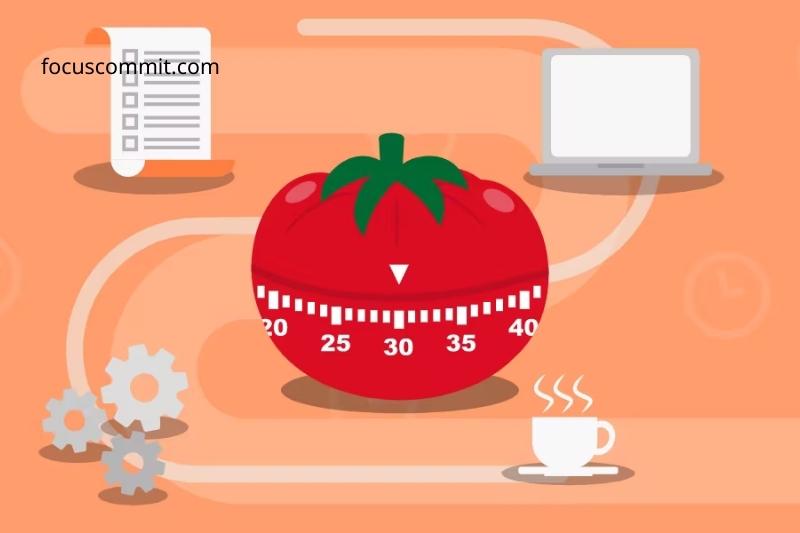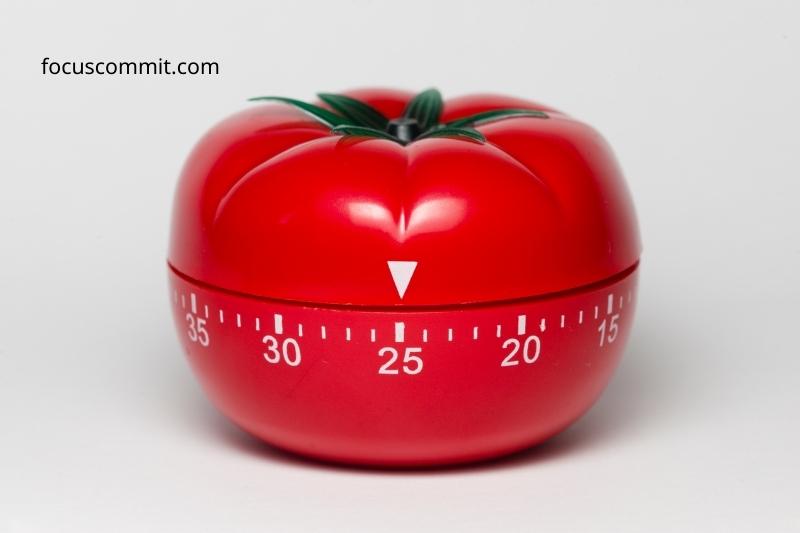Are you looking for some ideas on how to make the most of your Pomodoro breaks? Whether you need a short break or a longer break, we’ve got you covered. Check out these great ideas!
What is the Pomodoro Technique?
Pomodoro Technique is a time management method invented by software developer and entrepreneur Francesco Cirillo in 1990s. This tool helps you to manage your framework, improve focusing, and study productively.
To make the Pomodoro Technique work, what you need to do is to follow these steps:
- Select an important task to do in a Pomodoro.
- Minimize distractions and set the Pomodoro timer to 25 minutes for your task and 5-minute break afterward.
- Do your Pomodoro without pause, sticking to your work for the full session and ignoring all the distractions around you
- Repeat your process 4 times, and take a 20-minute or a 30-minute long break after completing your fourth session.
Through those steps, you can see minute break were designed between Pomodoros. You always fill 25 minutes with plenty of works and really know what you should do in a single Pomodoro. However, many users are misunderstanding about how the break really is.
So the question that: How to use the minute break properly in the Pomodoro Technique? And What are Pomodoro Break Ideas for you, read the article below to better understand it.

Why do you need a break after a Pomodoro?
Have you ever heard about natural body cycles? According to a recent study, if you want to get more done, try to take more breaks. It sounds nonsense! But the fact that our body and brain obey the cycles of “work and a short pause.”
When you work for a long period of hard and high focus, your ability of concentration, and energy degrade. So you need a minute break, a real-time to relax, not to shift from “hard work” as monotasking to “light work” as checking email or watching TV. You know precisely how you feel and when your body sends signals to rest and renew.
However, some people override them with caffeine, energy drinks, sugar,… or try to tap your own reserve until they are depleted. As a result, you will be utterly exhausted with work and decrease your productivity. Seriously, sometimes you just finish work with full tasks done without caring about its efficiency because you’re too tired.
Cirillo realized how necessary the break is within using a tomato-shaped kitchen timer for his studies. So he designed the Pomodoro Technique with a rhythmic combination of work and break, similar to “pulse and pause” of Tony Schwartz.
But many users who are using this method are not breaking correctly.

Pomodoro Break Ideas For Short And Long Break
Many of us think that “the break” is to stop your task or end a Pomodoro while the real break is disconnect from work instead of switching duties. It means let your brain and body rest for a short spell and avoid performing any work during your breaks.
Short and long breaks allow you to maintain a healthy and productive work cycle. It is an opportunity to uncover the creative flow needed to achieve work.
Your mission is to use the break properly. There are many options for you to refer to some Pomodoro Break Ideas for the short 5 minutes
Pomodoro Short breaks
- So easy, but so effective when done. Get up and walk about the room. It will help you regain energy or emotional balance.
- Listen to music. It can be a ballad or a pop tune, as long as it relaxes you. Relaxation plus emotional work protects emotional health and well-being.
- Make a favorite drink or snack. A fruit may also help you keep energy and concentrate. Obtain some vitamins to ensure you get your recommended fruit intake.
- Chatting with pals Some say that talking to others inspires them and helps them see things differently. That’s a terrific idea to find innovative ways to eliminate job bottlenecks.
Pomodoro Long Breaks
As for longer breaks, other helpful options are possible:
- Exercise. Most of us must sit for lengthy periods of time at work, causing serious back discomfort. Working in one position for too long might harm your physical and mental health. So an extended break should include yoga or other physical exercise of your choice.
- Eating. No need to test how good eating energizes and combats fatigue. But don’t overeat fried meals. It can be damaging to your health rather than beneficial.
- Go out. Long-term employment in a small space causes tension and cramping. A walk along the street or outside the house combines exercise and relaxation. It certainly frees up mental resources for greater answers and inspiration.
- Sleep. Some freelancers work late nights and don’t get enough sleep. If you’re too busy to sleep for 7-8 hours, take long breaks. It makes you more alert and awake.
Summary
The Pomodoro approach divides our work into brief sprints of vigorous effort followed by several minutes of natural relaxation. That keeps our physical and mental energy levels up so we can do more. This strategy can help you reach your goals if used appropriately. But we are not machines. We need both works and relax to grow up, not to ruin ourselves. Techniques were created around our natural body cycles. Pay attention to your body’s signals, and take a time to relax and re-energize.
Finally, enjoy your breaks.

